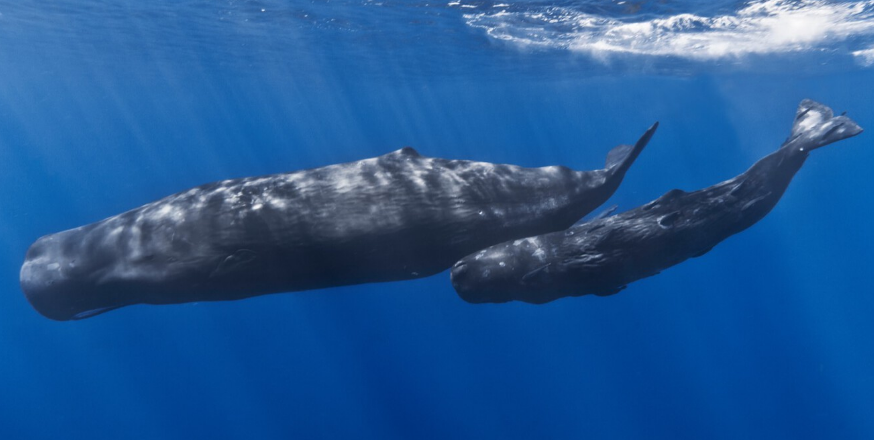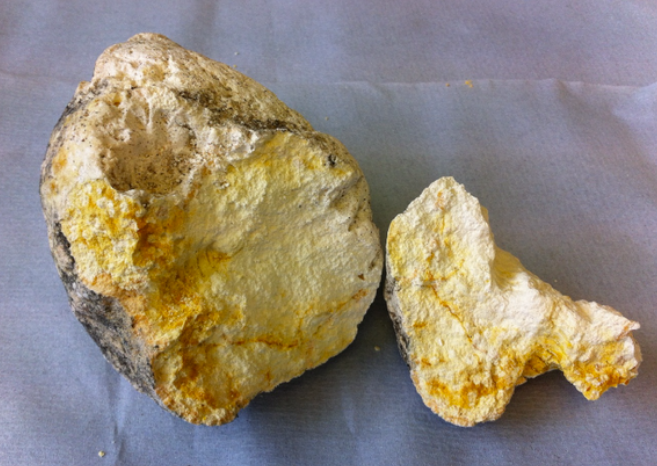
A couple of weeks ago, Aida Zurina Long was fishing near the Malaysian Fisheries Development Authority when she saw a strange object floating in the water. At first, she thought it was rubbish. The look, here between us, was not good at all. However, her father (who had come down to the jetty to greet her and had been a fisherman for many years) had a hunch.
A waxy lump like that could be whale vomit. They picked it up and tried to set it on fire. The result was a sweet smell. They have just found five kilos of ambergris, a rare and little-used substance that, in perfumery, can fetch up to $71,000 per kilo.
It happens from time to time. In 2016, a couple walking along a beach at Morecambe Bay in Lancashire, UK, found a waxy lump with an odor “halfway between squid and barnyard dung”. It was 1.57 kg, a little less, but all a “fat” Christmas.
A really valuable “junk.”

To understand why a piece of ambergris can be valuable, you must know what it is. The main component of this product is ambrein, a substance that can only be biosynthesized by the digestive system of sperm whales. Its function has nothing to do with smells (in fact, it has no smell): it is a product that sperm whales produce to solve a problem derived from the main component of their diet: squid.
The digestive system of sperm whales cannot digest the beaks of squids (the typical jaws of cephalopods). Very few animals can digest those beaks, and de facto, they are almost the only remains found of dead cephalopods. The interesting thing about sperm whales is that they secrete ambrein to encapsulate their beaks so they do not tear as they pass through the animal’s body.
Once the mixture of ambrein, spikes, and another substance called epicoprostanol is made, it is expelled from the animals as fecal matter or as vomit (hence its popular name). And, later, wandering through the sea that discolors it. During this process of maritime drift, the fecal matter quickly disappears, and the bundle picks up the scent of the ocean.
What is it for?
As I said, ambrein has no odor of its own. Still, it has a very curious property: it can fix volatile oils by slow evaporation when exposed to a certain type of active oxygen. That is, it allows the aroma to last longer.
Today, most perfumers use synthetic ambrein. However, the scarcity of this product (after all, there are not always giant lumps of ambergris in the fecal material of sperm whales, and, on the other hand, there are not as many sperm whales as there used to be) makes it a particularly sweet tooth for luxury perfumes. That is what triggers its price.
It has some other uses; it’s also true. Traditionally, this product has been considered an ‘aphrodisiac’. Fortunately, it is not just a myth, and today, studies seem to support it… in rats. The rest is, currently, gossip. But gossip is worth its price in gold.

Sharlene Meriel is an avid gamer with a knack for technology. He has been writing about the latest technologies for the past 5 years. His contribution in technology journalism has been noteworthy. He is also a day trader with interest in the Forex market.









